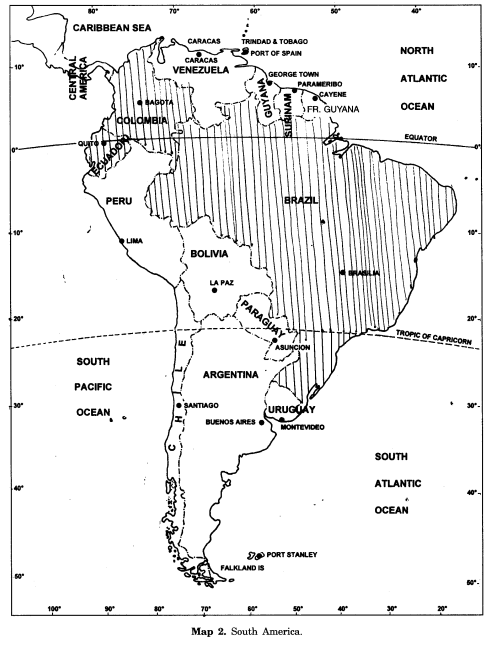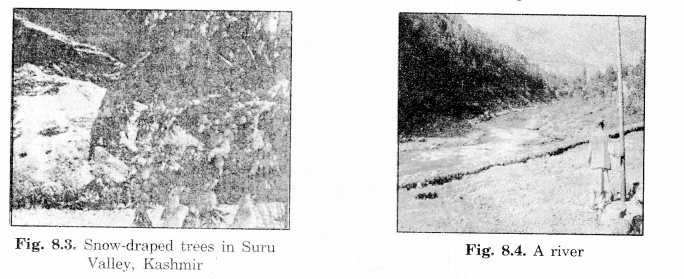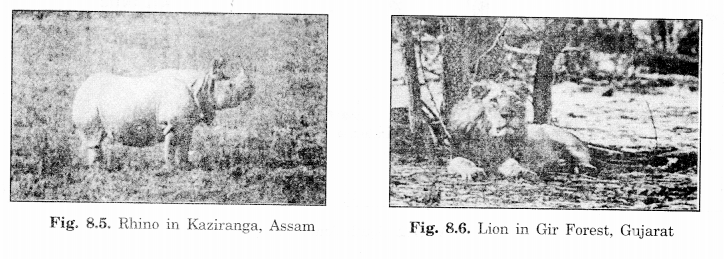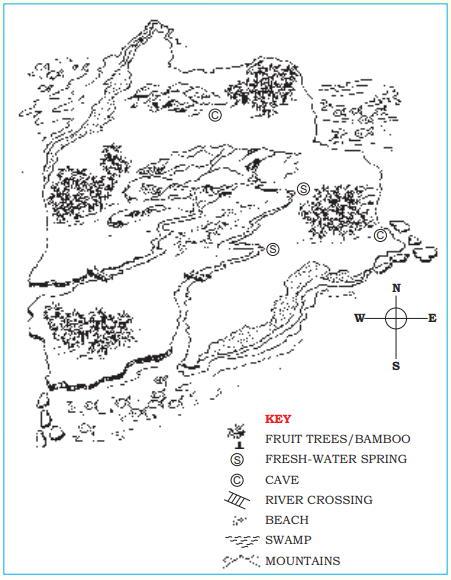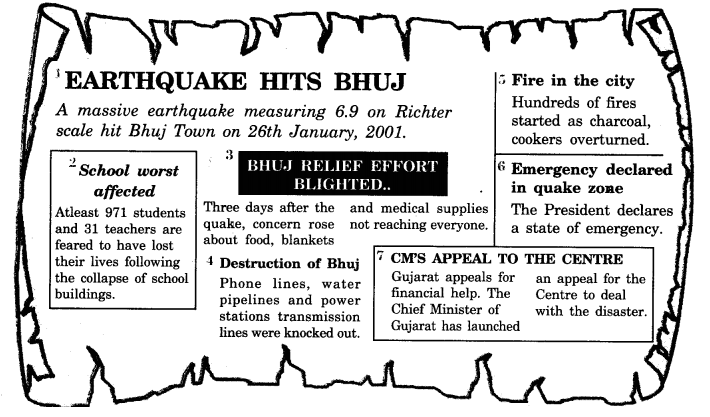NCERT Solutions for Class 7 Social Science Civics Chapter 8 Markets Around Us are part of NCERT Solutions for Class 7 Social Science. Here we have given NCERT Solutions for Class 7 Social Science Civics Chapter 8 Markets Around Us.
| Board | CBSE |
| Textbook | NCERT |
| Class | Class 7 |
| Subject | Social Science Civics |
| Chapter | Chapter 8 |
| Chapter Name | Markets Around Us |
| Number of Questions Solved | 16 |
| Category | NCERT Solutions |
NCERT Solutions for Class 7 Social Science Civics Chapter 8 Markets Around Us
NCERT TEXTBOOK EXERCISES
Question 1.
In what ways is a hawker different from a shop owner?
Answer.
Difference between a hawker and a shopkeeper
| Hawker | Shopkeeper |
| 1. Hawker is a trader who sells his goods by shouting on roadside, on carts or keeping his goods on his head. | 1. A shopkeeper is the trader who owns a shop in a market or in a street/mall. |
| 2. He does not spend any money on the shop as rent or bills.’ | 2. He spends money on the upkeep of the shop like rent, cleaning etc. |
| 3. He sells his goods at cheaper rates as he does not spend much on upkeep of the shop. | 3. He sells his goods at higher rates. |
| 4. His goods are not generally packaged and branded. | 4. His goods are generally packaged and branded. |
Question 2.
Compare and contrast a weekly market and a shopping complex on the
following:
| Market | Kind of goods sold | Prices of goods | Sellers | Buyers |
| Weekly market | ||||
| Shopping complex |
Answer.
| Market | Kind of goods sold | Prices of goods | Sellers | Buyers |
| Weekly market | Mostly inferior quality, loose, not branded | Cheaper |
Small traders hawkers |
People belonging to low income groups, labourers |
| Shopping complex | Superior goods, mostly packaged and branded | Highly priced |
Big business owners retailers |
People belonging to higher income groups |
Question 3.
Explain how a chain of markets is formed. What purpose does it serve?
Answer.
(1) A chain of markets is formed starting from wholesale markets to retail shop owners who sell directly to the consumers. In between wholesale markets and retailers, there are medium and big traders. For example, a hawker or retailer purchases plastic items from a wholesale trader in the town. The town wholesaler, in turn, buys from a bigger wholesale trader in the city. The city wholesale trader buys a large number of plastic items directly from the factory and stores them in their godowns. Thus, a chain of the market is formed.
(2) A chain of markets serves the purpose of producer and consumers. Because neither a producer can sell a small number of goods to an individual consumer nor an individual consumer can buy a large number of goods from producers. So, wholesale traders, retailers, etc. are required to link the producers and consumers.
Question 4.
“All persons have equal rights to visit any shop in a marketplace”. Do you think this is true of shops with expensive products? Explain with examples.
Answer.
Yes, it is equally true of shops with expensive products. As consumers, we can visit any shop. Even though we have no money in our pockets. The shop owner is bound to show the articles which the customer asks him to show. He cannot force the customer to buy any article. It totally depends upon him whether he buys anything or not. We can understand it more clearly through an example. Kavita and Sujata went to Ansal Mall out of curiosity. While wandering here and there they enter a shop all of a sudden. They have no plan to buy anything. They look at some branded dresses and move away.
Question 5.
“Buying and selling can take place without going to a marketplace.” Explain this statement with the help of examples.
Answer.
- Buying and selling can take place without going to a marketplace. This statement is true in the present scenario of new trends in marketing.
- Technology has changed the traditional concept of marketing by the manual presence in the market to buy and sell anything.
- Nowadays, it is not necessary to go to the market to purchase goods. Anyone can place orders for a variety of things through the phone or the Internet and the goods are delivered at the home or place where needed.
- For example, you can see, in clinics and nursing homes, sales representatives waiting for doctors or taking orders at shops for different goods or medicine. Thus, retailers or consumers can place orders for any items without going to market.
INTEXT QUESTIONS
Question 1.
Why do people go to a weekly market? Give three reasons. (NCERT Page 96)
Answer.
People go to the weekly market because of the following reasons:
- They get all things of their use in one place.
- The prices are less and bargaining can be done.
- They can buy goods in smaller quantities.
- People prefer a weekly market because they get a variety and choice of goods.
Question 2.
Who are the sellers in a weekly market? Why don’t we find big business persons in these markets? (NCERT Page 96)
Answer.
- Small/mini traders are the sellers in the weekly markets.
- Big business persons are not in these markets as there is a very low level of buying and selling.
Question 3.
Why are things cheap in the weekly market? (NCERT Page 96)
Answer.
Things in a weekly market are cheaper because:
- Shopkeepers do not spend much in terms of rent for shop, electricity, wages to workers, or packaging of goods.
- The sellers store goods at home and have vehicles to move around.
- Their family members help them to produce or sell goods.
- There are many sellers of the same product so, there is competition among them.
- In weekly markets, people bargain to bring the prices down.
Question 4.
Explain with an example how people bargain in the market. Can you think of a situation where the bargain would be unfair? (NCERT Page 96)
Answer.
- In the markets, sellers tell higher prices.
- Buyers tell low prices.
- In this way, the price of the goods is bargained and the rate is fixed on a mutually agreed price.
- In big shops where packaged and branded goods are sold, bargaining would be unfair.
Question 5.
Why did Sujata carry a notebook? Do you think this system is useful? Can there be problems? (NCERT Page 97)
Answer.
- Sujata carries a notebook to get the amount written by the trader as she has purchased goods on credit.
- This system is useful for those who have a low monthly income.
- If honesty is there, there can be no problem.
Question 6.
What are the different kinds of shops that you find in your neighbourhood? What do you purchase from them? (NCERT Page 97)
Answer.
Weekly markets offer a variety of goods. There are other markets also like many shops sell goods and services in the neighbourhood.
- Chemist/physician
- Tailor / drycleaner / garment shop
- Grocery / departmental store
- Hair Saloon/ florist/ sweet shop
We buy milk, groceries, stationery, eatables, medicines, etc. Many of these are permanent. Some of them are roadside hawkers selling vegetables, fruits, or flowers.
Question 7.
Why are goods sold in permanent shops costlier than those sold in the weekly markets or by roadside hawkers? (NCERT Page 97)
Answer.
Goods sold in permanent shops are costlier than those sold in weekly markets or by hawkers.
- Weekly markets have temporary shops where the traders set their shops for the day whereas other shops are permanent.
- Traders in the weekly market do not pay the rent, electricity bill, or tax to the government. All these are paid by the shopkeepers.
- They don’t have to pay salaries to their workers as their family members generally help them, whereas the shopkeepers have to pay for their employees.
- Goods are not packed, whereas shopkeeper gives packaged branded goods.
- Therefore the cost of goods in a permanent shop is higher than that of the weekly market.
Question 8.
Why do you think the guard wanted to stop Kavita and Sujata from entering the shop? What would you say if someone stops you from entering a shop in a market? (NCERT Page 98)
Answer.
- He wanted to stop Kavita and Sujata from entering the shop because he was not sure that they would buy goods from this shop.
- I would say that I want to buy goods even if they are costlier.
Question 9.
Why do people not bargain in shops located in malls whereas they bargain in weekly markets? (NCERT Page 99)
Answer.
- People do not bargain in shops located in malls because goods there are fixed priced, packaged, and branded.
- In weekly markets, prices of goods are not fixed, neither they are packaged nor branded.
Question 10.
How do you think your neighbourhood shop gets its goods? Find out and explain with some examples. (NCERT Page 99)
Answer.
Producers do not sell directly to the consumer. In between the two, there are traders. These wholesale traders buy goods in large quantities. They further sell to retailers like our neighbourhood shops. For example:
- The vegetable wholesale trader buys a large number of vegetables from the market.
- Here the buying and selling is between traders only
- Through these links, goods reach faraway places.
- These wholesale traders further sell the goods to retailers. These retailers are different shopkeepers, small traders, vendors or hawkers, etc.
- Retailers finally sell the goods to the consumer.
Question 11.
Why is a wholesale trader necessary? (NCERT Page 99)
Answer.
Because he acts as a link between the factories and the retailers.
We hope the NCERT Solutions for Class 7 Social Science Civics Chapter 8 Markets Around Us help you. If you have any query regarding NCERT Solutions for Class 7 Social Science Civics Chapter 8 Markets Around Us, drop a comment below and we will get back to you at the earliest.


